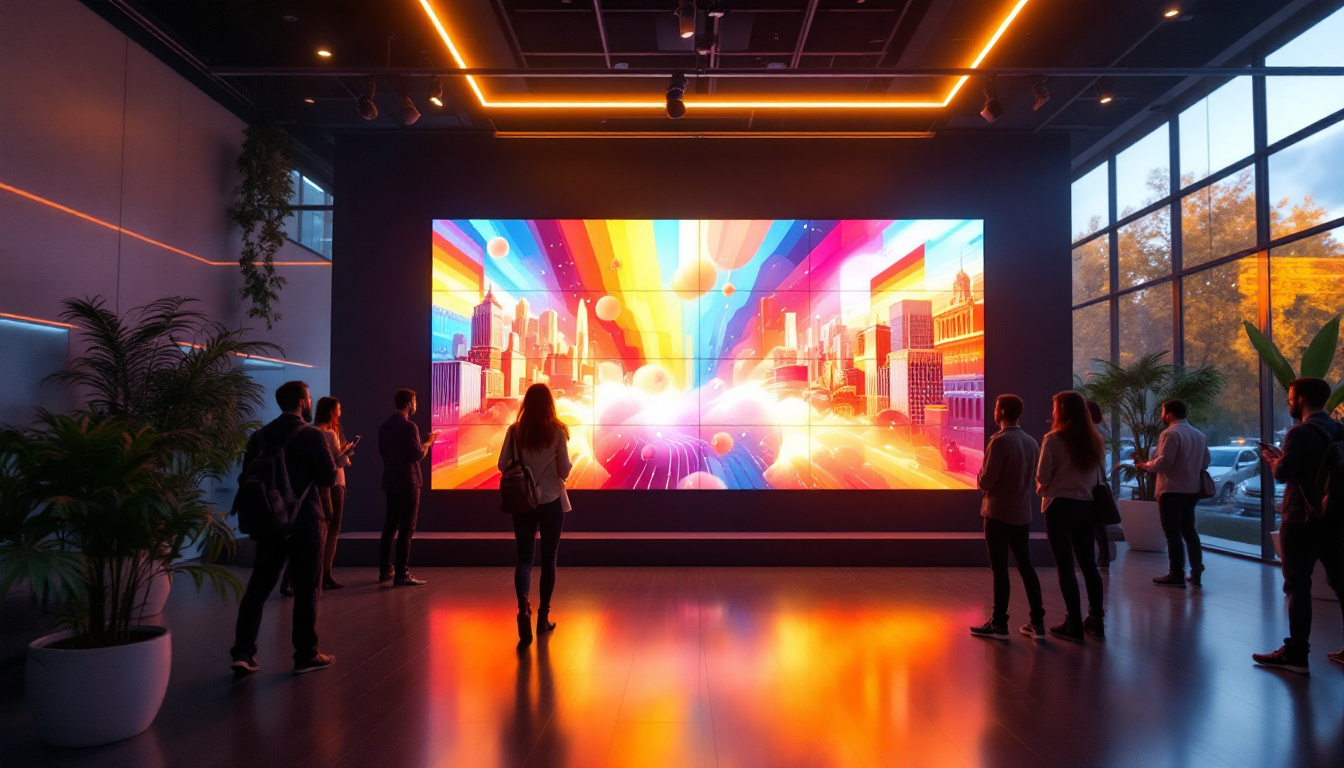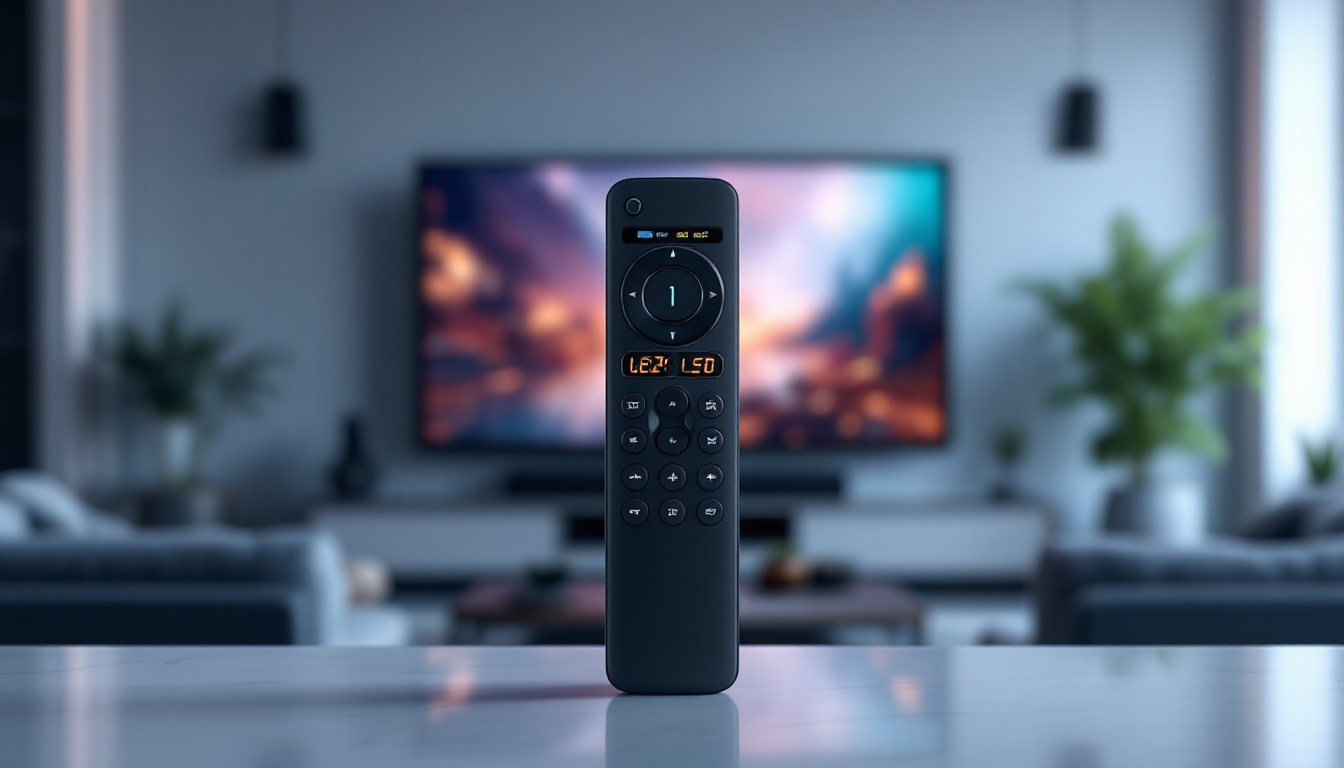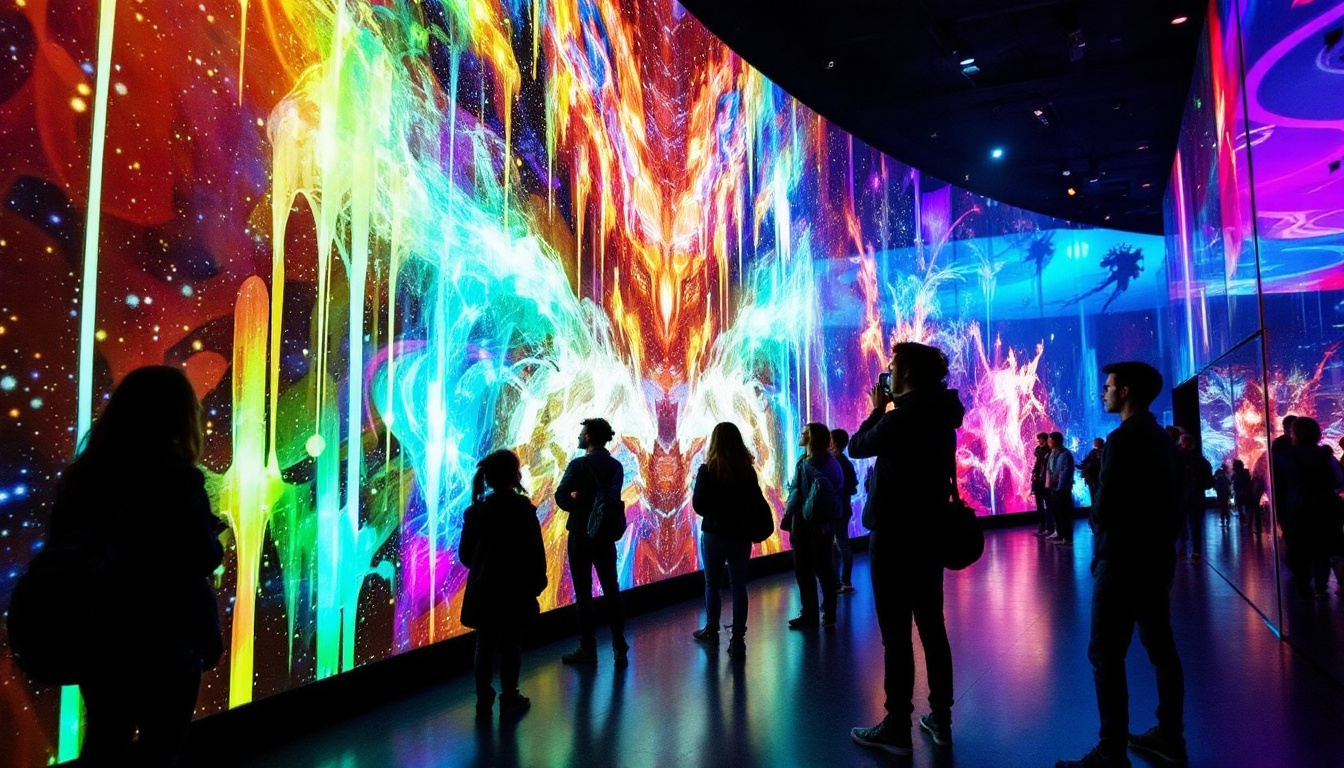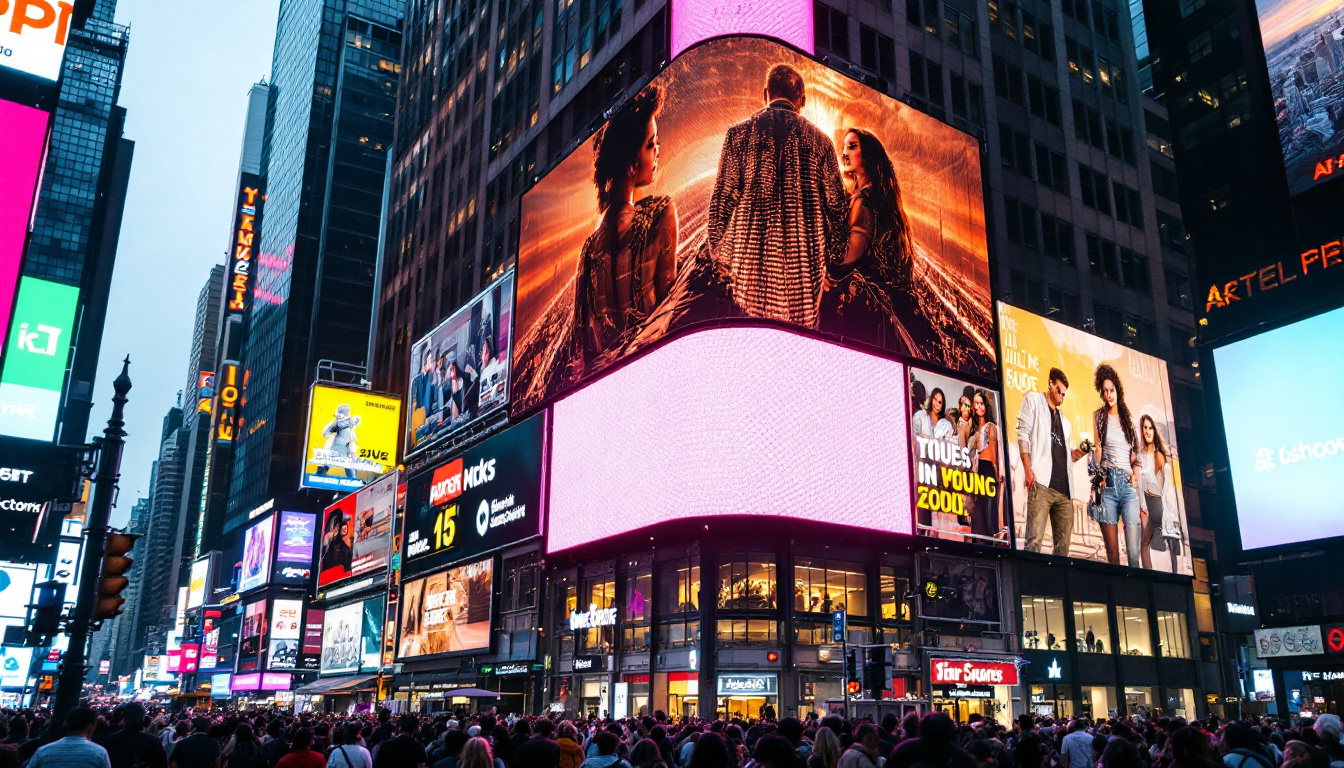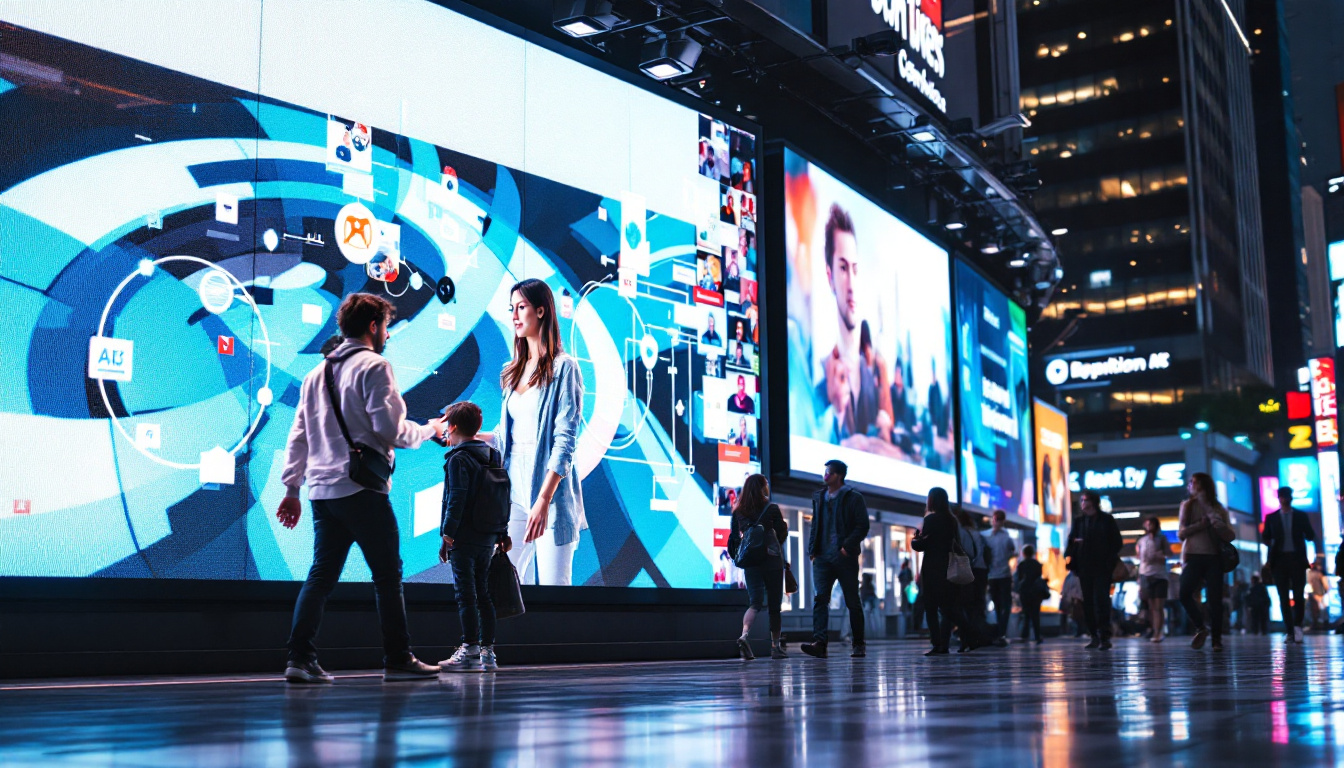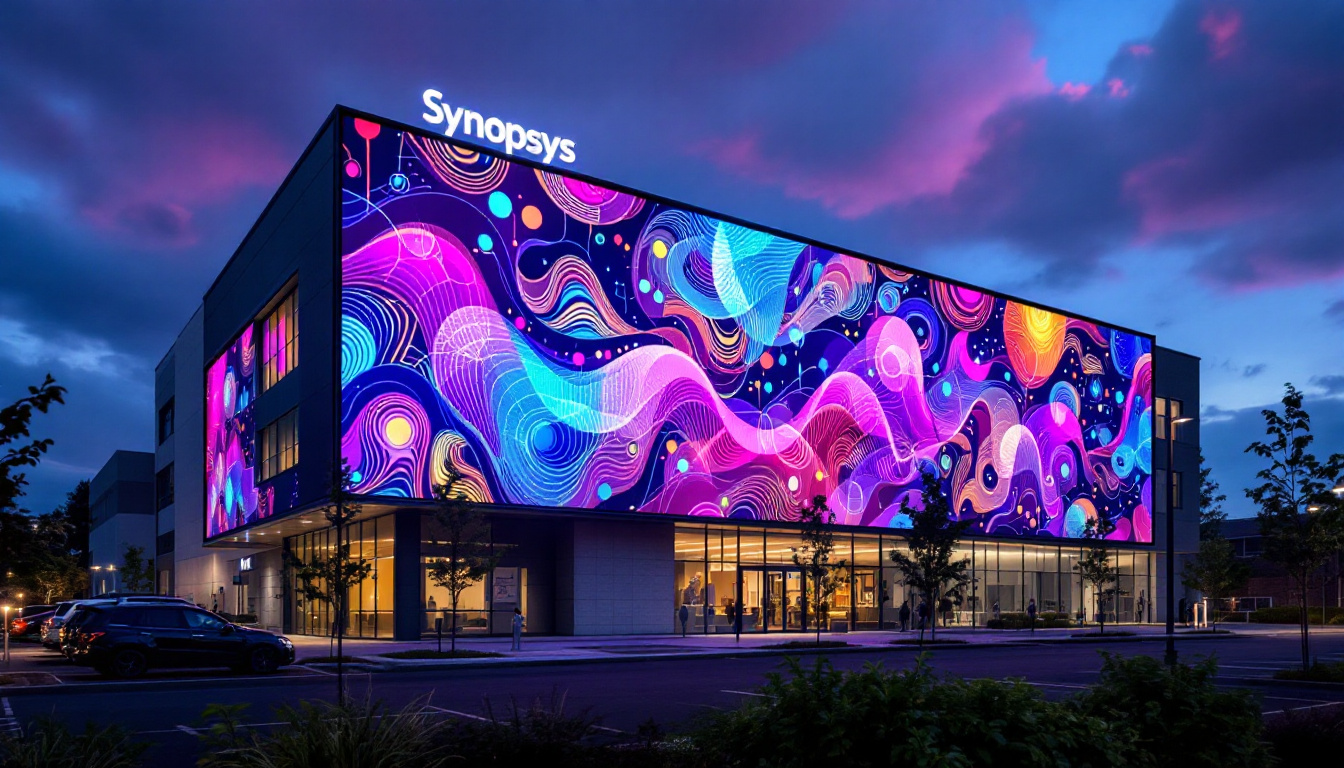In the fast-paced environment of healthcare, effective communication is paramount. digital signage, particularly LED displays, has emerged as a vital tool for hospitals and healthcare facilities. These dynamic visual platforms not only enhance the patient experience but also streamline operations and improve overall communication. This article delves into the various aspects of digital signage in hospitals, focusing on LED displays, their benefits, applications, and best practices for implementation.
Understanding Digital Signage
What is Digital Signage?
Digital signage refers to the use of digital displays to convey information, advertisements, or messages to a targeted audience. Unlike traditional static signs, digital signage can be updated in real-time, providing flexibility and immediacy in communication. Hospitals utilize digital signage to disseminate important information efficiently, ensuring that patients and visitors are well-informed. This technology not only enhances the patient experience but also streamlines communication across various departments, allowing for a more cohesive flow of information throughout the facility.
Moreover, digital signage can be tailored to meet the specific needs of different audiences. For instance, multilingual displays can cater to diverse patient populations, ensuring that language barriers do not hinder access to vital information. Interactive kiosks can also be integrated into the digital signage system, allowing patients to navigate the hospital’s services or find directions with ease. This adaptability makes digital signage an invaluable tool in modern healthcare environments.
The Role of LED Displays
LED (Light Emitting Diode) displays are a popular choice for digital signage due to their brightness, energy efficiency, and versatility. These displays can be used in various settings within a hospital, from waiting rooms to emergency departments. The ability to display high-resolution images and videos makes LED technology particularly effective in capturing attention and conveying messages clearly. Additionally, LED displays are known for their durability and low maintenance requirements, making them a cost-effective long-term investment for healthcare facilities.
Furthermore, LED technology allows for creative content presentation, enabling hospitals to showcase health tips, wellness programs, or even patient testimonials. This not only informs but also inspires and motivates patients and their families. The dynamic nature of LED displays means that hospitals can quickly adapt their messaging to reflect current events, seasonal health campaigns, or urgent health alerts, ensuring that the information remains relevant and timely.
Benefits of Digital Signage in Hospitals
Implementing digital signage in hospitals offers numerous advantages. First and foremost, it enhances patient engagement by providing relevant information in an easily digestible format. Additionally, digital signage can reduce perceived wait times by keeping patients informed and entertained. Furthermore, it allows hospitals to communicate important updates, such as changes in visiting hours or health advisories, quickly and efficiently. This real-time communication can significantly improve the overall patient experience, as individuals feel more connected and informed about their care.
Moreover, digital signage can play a crucial role in promoting health initiatives and educational programs. Hospitals can use these displays to highlight vaccination drives, wellness workshops, or community health fairs, encouraging patients to take proactive steps toward their health. The ability to analyze viewer engagement through metrics also allows hospitals to refine their messaging strategies, ensuring that they are meeting the needs of their audience effectively. By leveraging digital signage, hospitals not only enhance operational efficiency but also foster a culture of health awareness and community involvement.
Applications of LED Displays in Healthcare Settings
Wayfinding and Navigation
One of the primary applications of LED displays in hospitals is wayfinding. Large facilities can be confusing for patients and visitors, especially those who are already feeling stressed. Digital signage can provide interactive maps and directional information, guiding individuals to their desired locations within the hospital.
By integrating wayfinding solutions with LED displays, hospitals can enhance the overall experience for patients and visitors. This technology can include touch-screen interfaces that allow users to search for departments, services, or specific doctors, making navigation more intuitive.
Patient Information and Updates
LED displays can serve as a valuable source of information for patients awaiting treatment. Hospitals can use these screens to provide updates on wait times, treatment schedules, and other relevant information. This real-time communication helps manage patient expectations and reduces anxiety.
Moreover, hospitals can use digital signage to promote health and wellness messages, such as vaccination campaigns or preventive care tips. This not only educates patients but also fosters a culture of health awareness within the community.
Emergency Alerts and Notifications
In emergency situations, timely communication is critical. LED displays can be programmed to display emergency alerts, such as severe weather warnings or critical updates regarding hospital operations. This ensures that both staff and visitors are informed and can respond appropriately.
Additionally, hospitals can use digital signage to relay important messages during drills or emergencies, helping to maintain a calm and organized environment. The ability to quickly update content on LED displays is invaluable in such scenarios.
Enhancing the Patient Experience
Entertainment and Engagement
Waiting rooms are often a source of stress for patients. By incorporating LED displays that showcase entertaining content, such as news, educational videos, or health-related programming, hospitals can create a more pleasant atmosphere. This not only distracts patients but also makes the waiting experience more enjoyable.
Furthermore, hospitals can collaborate with local businesses or organizations to display community events or promotions, fostering a sense of connection and engagement with the broader community.
Personalized Messaging
Digital signage allows for personalized messaging, which can significantly enhance the patient experience. For example, hospitals can display welcome messages for patients arriving for surgery or special announcements for new parents. This personal touch can make patients feel valued and cared for, contributing to a positive overall experience.
Additionally, hospitals can tailor messages based on the time of day or specific events, ensuring that the content remains relevant and engaging for the audience.
Best Practices for Implementing Digital Signage
Content Strategy
A well-defined content strategy is essential for the success of digital signage in hospitals. The content should be relevant, informative, and engaging. It is crucial to regularly update the information displayed to keep it fresh and aligned with current hospital operations.
Moreover, hospitals should consider the demographics of their audience when creating content. For instance, content aimed at pediatric patients might differ significantly from that intended for elderly visitors. Understanding the audience will help in crafting messages that resonate effectively.
Integration with Existing Systems
To maximize the benefits of digital signage, hospitals should integrate these systems with existing communication platforms. This could involve linking LED displays with appointment scheduling systems, patient management software, or emergency alert systems. Such integration allows for seamless updates and ensures that the information displayed is accurate and timely.
Additionally, hospitals should consider the technical infrastructure required for digital signage, including internet connectivity and power sources. A thorough assessment of the facility’s capabilities will facilitate a smoother implementation process.
Training and Maintenance
Proper training for staff is crucial to ensure the effective use of digital signage. Staff should be familiar with how to update content, troubleshoot issues, and utilize the technology to its fullest potential. Regular training sessions can help keep staff informed about new features or updates.
Maintenance is another critical aspect of digital signage. Regular checks should be conducted to ensure that displays are functioning correctly and that content is up-to-date. Establishing a maintenance schedule can help prevent technical issues and ensure a consistent user experience.
Challenges and Considerations
Cost and Budgeting
While the benefits of digital signage are clear, the initial investment can be a significant consideration for hospitals. Costs can vary widely based on the size and complexity of the installation. Hospitals must carefully evaluate their budgets and consider the long-term return on investment.
It is essential to weigh the upfront costs against the potential benefits, such as improved patient satisfaction and operational efficiency. Additionally, exploring financing options or grants for healthcare technology can help mitigate costs.
Content Management
Managing content across multiple displays can be challenging, especially in large hospital settings. A robust content management system (CMS) is vital for ensuring that information is consistent and up-to-date across all displays. Hospitals should invest in user-friendly CMS solutions that allow for easy updates and scheduling of content.
Furthermore, establishing clear guidelines for content creation and approval processes can streamline operations and prevent misinformation from being displayed.
The Future of Digital Signage in Healthcare
Emerging Technologies
The landscape of digital signage is continually evolving, with emerging technologies poised to enhance its effectiveness in healthcare settings. Innovations such as augmented reality (AR) and artificial intelligence (AI) are beginning to play a role in how hospitals communicate with patients.
For instance, AR can provide interactive wayfinding experiences, allowing patients to visualize their route within the hospital. AI can analyze patient data to deliver personalized content, further enhancing the patient experience. As these technologies advance, hospitals will need to stay informed and consider how they can integrate them into their digital signage strategies.
Integration with Telehealth Services
The rise of telehealth services has transformed the way patients access healthcare. Digital signage can play a crucial role in promoting these services within hospitals. LED displays can provide information on how to access telehealth appointments, highlighting the convenience and accessibility of remote care.
Moreover, digital signage can be used to educate patients about the benefits of telehealth, helping to alleviate any concerns they may have about virtual consultations. This integration can enhance the overall patient experience and encourage greater utilization of telehealth services.
Conclusion
Digital signage, particularly through the use of LED displays, has become an essential component of modern healthcare communication. By enhancing patient engagement, improving navigation, and facilitating real-time updates, hospitals can significantly improve the overall patient experience. However, successful implementation requires careful planning, a well-defined content strategy, and ongoing maintenance.
As technology continues to evolve, the potential applications of digital signage in healthcare will only expand. By embracing these innovations, hospitals can ensure they remain at the forefront of patient care and communication, ultimately leading to better health outcomes and a more informed community.
Explore Cutting-Edge LED Display Solutions with LumenMatrix
Ready to elevate your hospital’s communication and patient experience with the latest in LED display technology? Discover LumenMatrix’s innovative solutions, from Indoor and Outdoor LED Wall Displays to specialized options like Vehicle, Sports, and Floor LED Displays. Our mission is to transform your visual communication, ensuring messages are not just seen but truly experienced. Check out LumenMatrix LED Display Solutions today and step into the future of engaging, dynamic healthcare signage.


